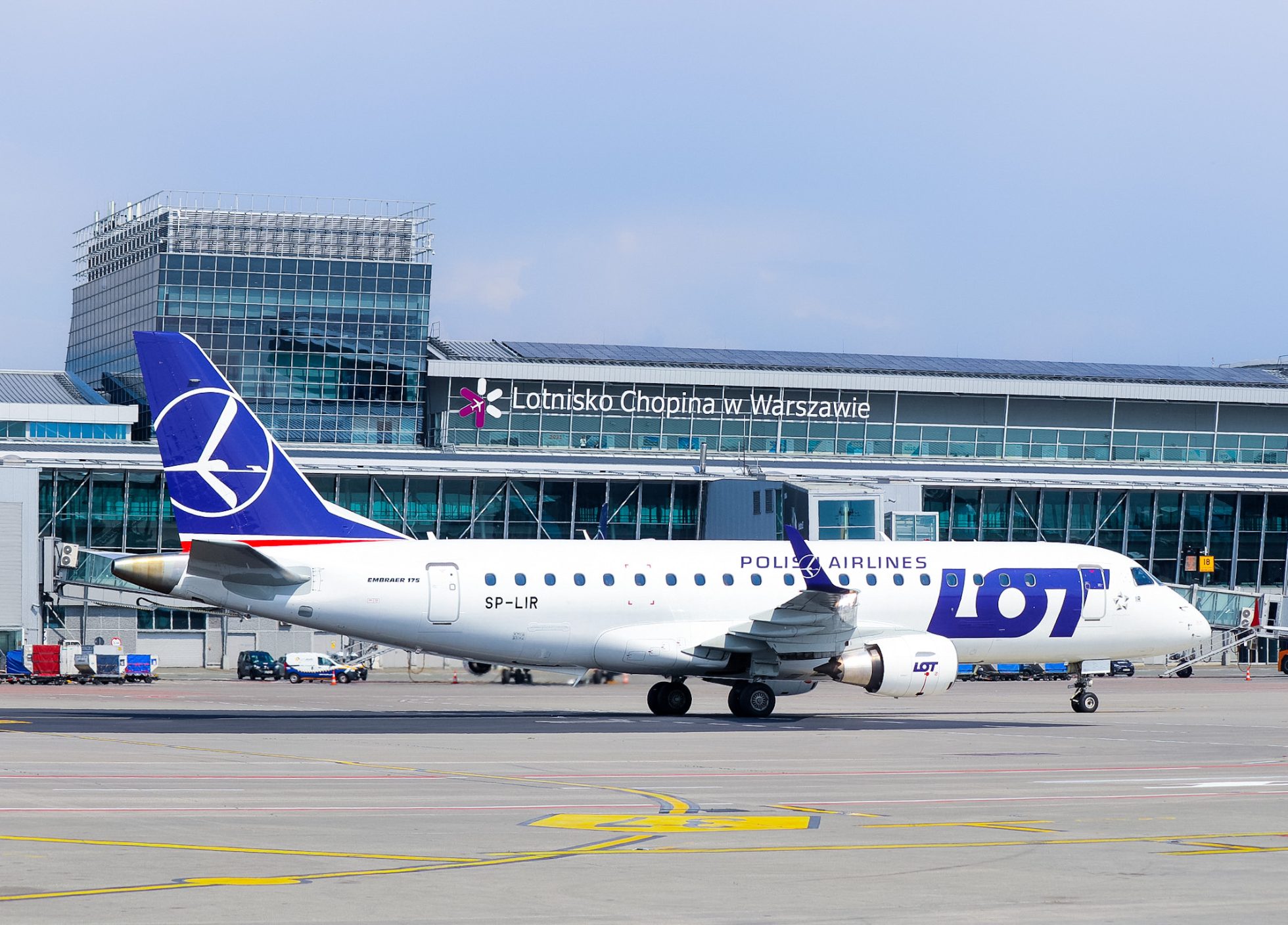Warsaw’s Chopin Airport serviced 1.9 million passengers last month as July brought record-breaking results to Polish airports.
Since the beginning of the year, the number of passengers has exceeded 10 million, indicating a strong likelihood of surpassing pre-pandemic figures. For comparison, in 2019 the Warsaw airport handled 18.86 million passengers.
This phenomenon aligns with a European trend. In the first half of 2023, small and regional European airports reached pre-pandemic levels. In contrast, major airports are lagging due to a decline in the popularity of business flights.
Large airports, such as London Heathrow, Istanbul, Paris, Amsterdam, and Frankfurt, still handled 9 percent fewer passengers in the first half of the year compared to 2019.
According to Airports Council International Europe, passenger traffic across the European airport network is 7.7 percent lower than in 2019. However, it is improving monthly. Clearly, tourists are driving the growth of European aviation.
The most spectacular growths were seen at airports in popular holiday destinations and those serviced by low-cost carriers: Trapani (+163 percent) and Perugia (+137 percent) in Italy, Tirana (+105 percent) in Albania, Kutaisi (+82 percent) in Georgia, and Zaragoza (+57 percent) in Spain.
The uptrend is also evident in the airline industry’s performance.
Lufthansa, Europe’s largest airline group, reported revenues of €9.4 billion in the second quarter, up approximately 17 percent from the previous year (€8 billion). From January to June, airlines under the Lufthansa group transported over 55 million passengers, a 30 percent increase compared to the same period in 2022.
WizzAir also posted strong financial results, achieving a net profit of €61.1 million over three months (ending in June). The travel boom is also reflected in the financial outcomes of EasyJet and Ryanair, which exceeded expectations.






